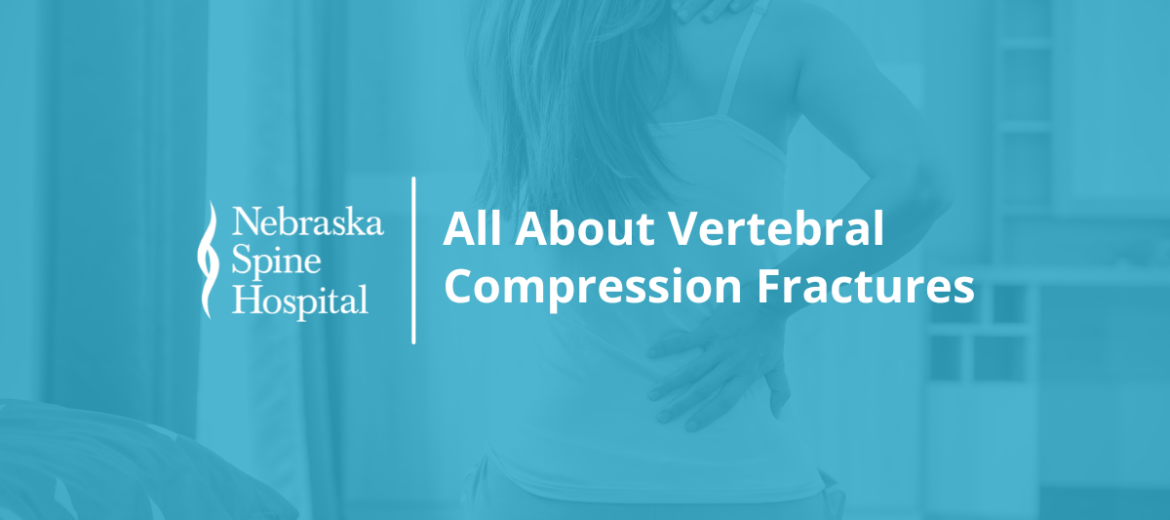Vertebral compression fractures (VCFs) are a common condition affecting individuals, particularly as they age. These fractures occur when the bones in the spine become weak or fragile, leading to their collapse under normal pressure. Read on to explore the causes, symptoms, and available treatment options for vertebral compression fractures.
Causes of Vertebral Compression Fractures
- Osteoporosis: The most common cause of VCFs is osteoporosis, a condition that weakens the bones, making them susceptible to fractures.
- Trauma: High-energy trauma, such as a fall or car accident, can also cause vertebral compression fractures.
- Cancer: Certain types of cancer, such as multiple myeloma or metastatic tumors, can weaken the bones and increase the risk of VCFs.
- Other conditions: Certain medical conditions, such as osteopenia, spinal tumors, or prolonged corticosteroid use, can contribute to the development of vertebral compression fractures.
Symptoms of Vertebral Compression Fractures
- Back pain: Severe or sudden onset of back pain, which may worsen with movement or activity, is a common symptom of VCFs.
- Height loss: Vertebral compression fractures often lead to a noticeable decrease in height due to the collapse of the affected vertebrae.
- Spinal deformity: In some cases, VCFs can result in a hunched posture or curvature of the spine, known as kyphosis.
- Limited mobility: VCFs can limit an individual’s ability to perform daily activities, leading to reduced mobility.
Treatment Options
- Conservative treatment: Mild cases of VCFs may be managed with pain medication, rest, and physical therapy to improve mobility and strengthen the surrounding muscles.
- Bracing: In certain instances, a brace may be recommended to support the spine and alleviate pain during the healing process.
- Vertebroplasty and kyphoplasty: These minimally invasive procedures involve injecting bone cement or inflating a balloon-like device into the fractured vertebrae to provide stability and pain relief.
- Surgical intervention: If conservative treatments fail to alleviate symptoms or if there is spinal instability, surgery may be necessary to repair the fracture and stabilize the spine.
Prevention and Lifestyle Modifications
- Healthy lifestyle: Maintaining a balanced diet rich in calcium and vitamin D, engaging in weight-bearing exercises, and quitting smoking can promote bone health and minimize the risk of VCFs.
- Fall prevention: Taking precautions to prevent falls, such as removing tripping hazards and installing handrails, can reduce the likelihood of sustaining vertebral compression fractures.
This type of fracture can significantly impact an individual’s quality of life, causing pain and limiting mobility. Understanding the causes, symptoms, and available treatment options for VCFs is crucial for early diagnosis and effective management. By promoting bone health, adopting preventive measures, and seeking timely medical intervention when needed, individuals can minimize the risk of developing VCFs and enjoy a healthier, more active lifestyle.
Full recovery may take several months, and the length of recovery time may vary depending on the individual and the extent of the surgery. Our team of experienced doctors and staff will monitor your progress and provide guidance on when it is safe to return to work, sports, and other activities.


